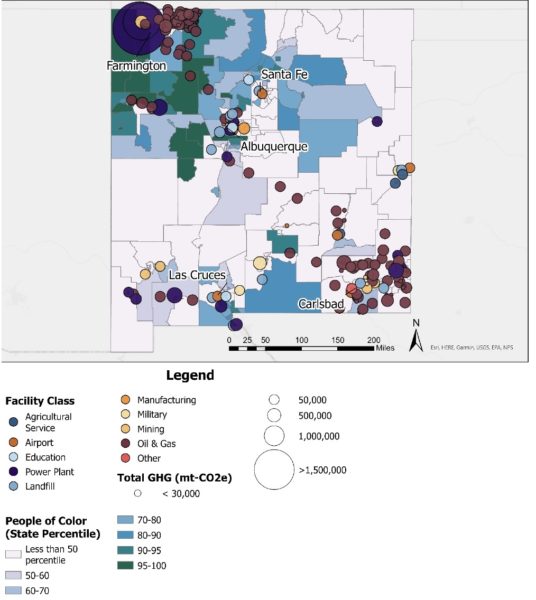KOAT-TV: Groups asking the governor for “health buffer zones”
More than 34,000 children in New Mexico live or go to school near oil or gas wells, some telling us this puts their health at risk. According to the state’s oil conservation division, there are many schools in the Northwestern and Southeastern parts of the state that are within a mile of active oil or gas wells.
Thirty-nine environmental, health and advocacy groups throughout the state wrote a joint letter to the governor, saying those wells are putting children’s health at risk, and asking her to create “health buffer zones” to protect them.
Kayley Shoup, with Citizens Caring for the Future, also signed it, and said it’s not fair to children,
“It’s something that these children, they can’t consent to it and it’s just not OK that it’s something that we just take for granted and say, ‘This oil and gas well can be right next to this school because it funds our public schools.’ Right. And that’s just, you know, unconscionable, in my opinion,” Shoup said.
The governor’s press secretary, Caroline Sweeney, sent this statement in response.
“Gov. Lujan Grisham received the letter from groups concerned about oil and gas extraction near schools. As a governor squarely focused on improving the well-being of New Mexico children, she shares their concerns over potential health impacts on children and her administration has taken robust actions to ensure responsible development. She has also directed her administration to actively evaluate avenues for implementing setbacks in the oil patch.”

